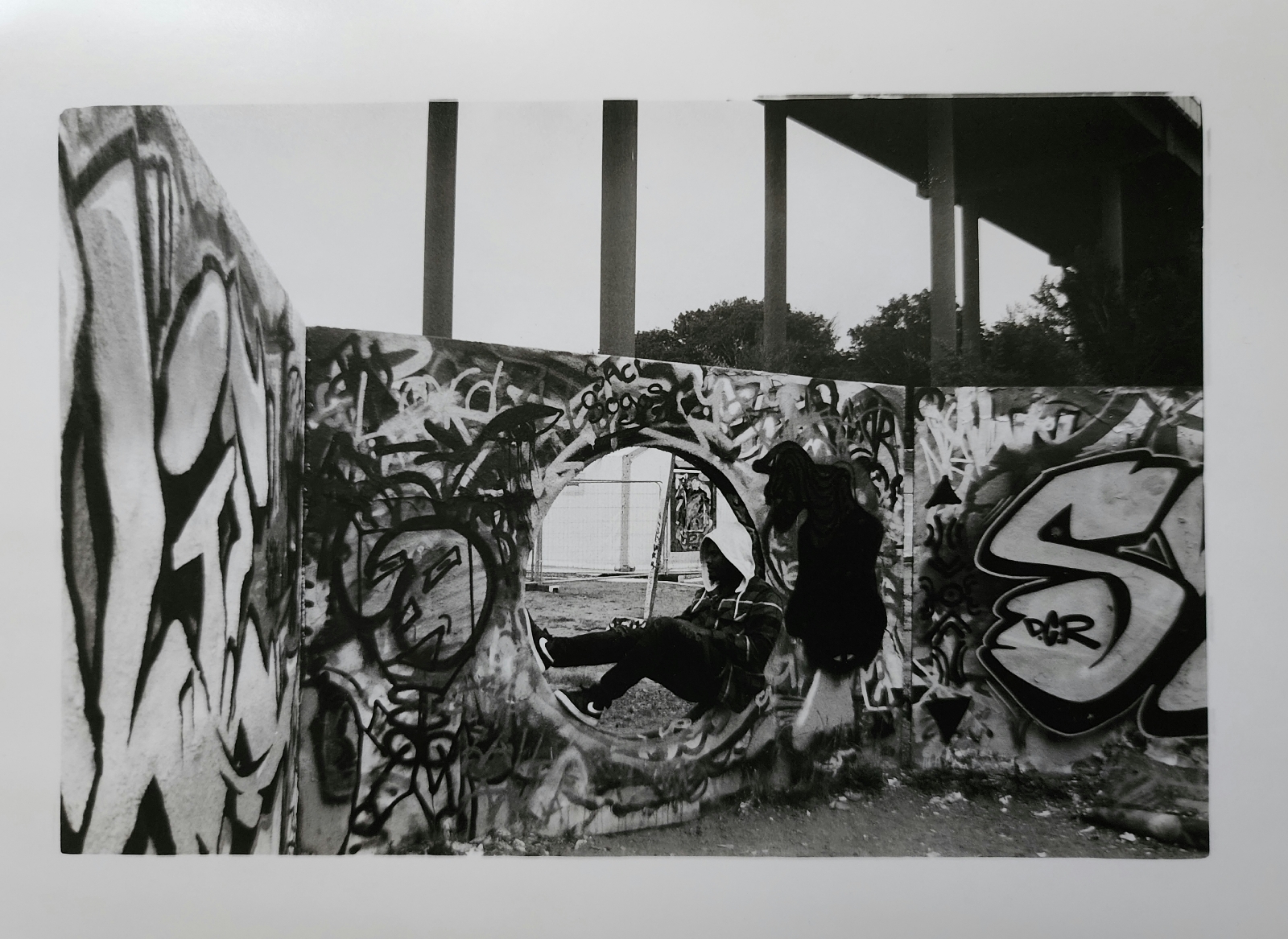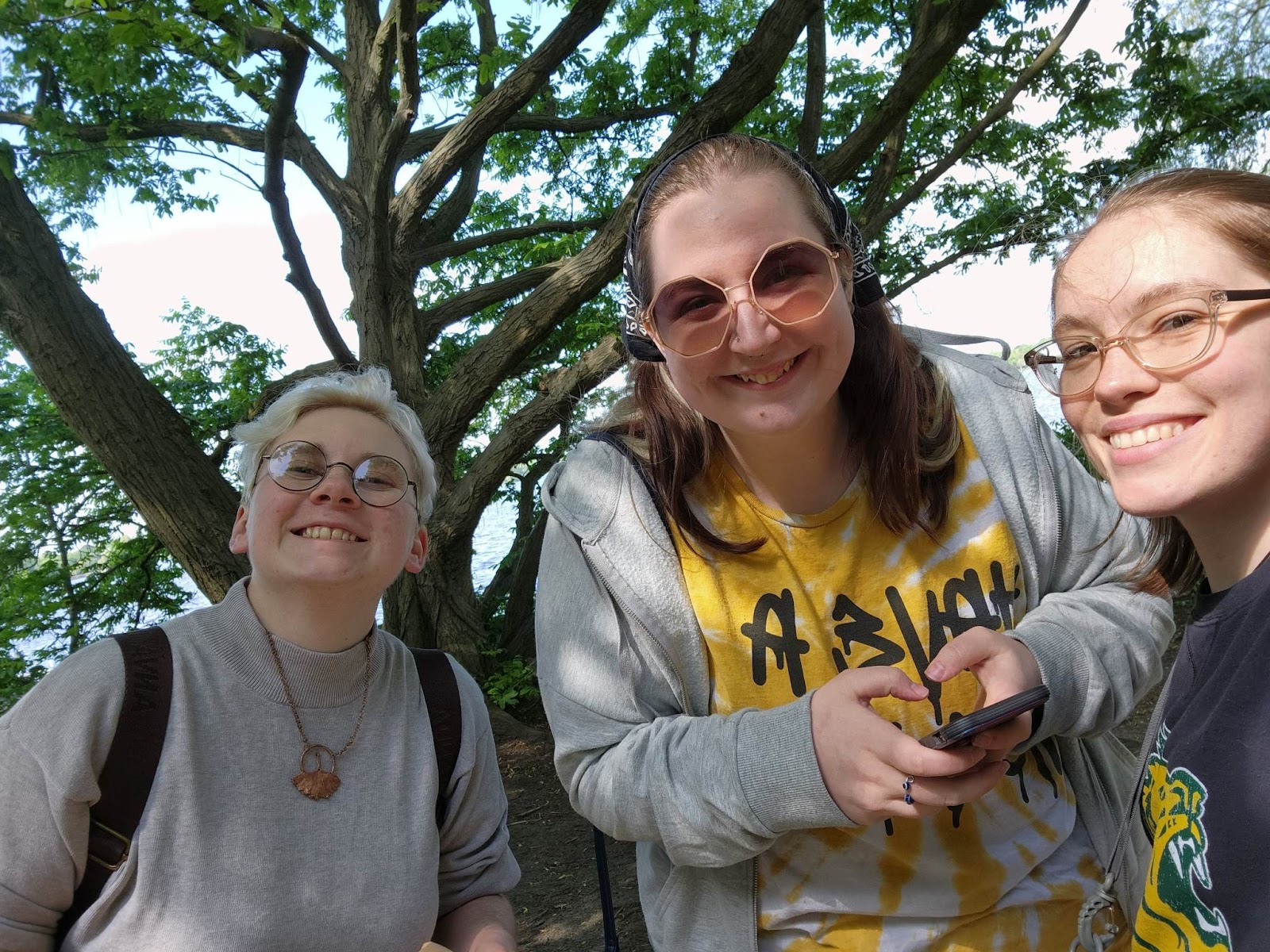Assignment #6 - Stockholm
It makes
sense that we would go out with a bang, and what better way to do so than by
visiting Sweden's capital and largest city, as well as the largest urban area
in Scandinavia, Stockholm. With this city being the country's political,
economic, and cultural center, you can bet that it has a lot to offer. This
modern metropolis wasn't always this way, and its history is rich and ancient.
There were already people living in the area where Stockholm is located around 8000
BC, but as temperatures dropped shortly after the Ice Age, many of the
inhabitants moved South until the land eventually thawed and became fertile,
prompting them to migrate north again. Stockholm’s geography also helped to make
it into a viable and reliable trading port, as Stockholm’s city borders cover
fourteen individual islands. While the first iteration of Stockholm was built
in 1000 CE by the Vikings, it would go through many changes before becoming the
Stockholm we know today. Hundreds of years of war, plague, and economic struggles
would occur throughout Stockholm’s history, but it would remain strong and live
to see the present day with scars and stories to tell.
The Nordiska
Museet (Nordic Museum) is both an art gallery and a historical museum for
Nordic culture. The majority of the exhibitions on display were temporary, so I
was glad I had the ability to see them while they were still available to the
public. The exhibition labeled “The Arctic – While the Ice Melts” brought the
viewer through the history of those who lived in and near the Arctic, told in a
broadly Arctic and Nordic context. The exhibit itself is shaped like an iceberg,
with the entrance and path forward created by a large crack in the ice. Inside
the iceberg, each side of the crack holds information and artifacts from a different
time period, to show the similarities and differences between how modern and ancient
people lived in such a harsh climate. A portable audio guide was also available
to give extra information on the exhibits and displays. An abundance of contemporary
films were also available to give insight into the lives of those who live in the
Arctic.
“Come to
Norden” was the exhibition that really caught my eye. It displayed tourism posters
that allowed Nordic countries to put themselves on the map for potential
vacation spots and travel destinations. Many of the posters were originally
pointed towards the aristocracy or those who were both wealthy and had the time
to travel, but this was later changed as the demographic turned from rich individuals
to middle class families. The subject matter of the posters idolized Nordic geography
and the lifestyles of Scandic people, with magnificent fjords, exotic
mountains, and night trains to Copenhagen’s irresistible nightlife. Many of the
posters on display from 1890 – 1960 reflect some of the most important factors in
the tourism industry: welfare, leisure, and holidays.
During the
first half of the 1900s, travel posters attracted tourists with the promise of
comfortable trips and historical sights in an artistic painterly style. With
bright colors and scenic views of snowy mountains, gorgeous lakes, and caribou,
it would be hard to say no if you had the time, money, and means back in the day.
The exhibition includes nearly 130 original travel posters from all five Nordic
countries which were created to paint the Nordic region as the perfect traveler’s
paradise. From skiing and fishing, to camping and hiking, to witnessing the
Northern Lights with the whole family, Scandinavia was portrayed as the place to
be in the early to mid-1900s. Whether it be Finland, Norway, Sweden, Denmark, or
Iceland, any one of these Nordic countries could be your next destination.
Nowadays,
the question hasn’t been how to travel, but if you should travel. After the
wake of the pandemic in 2020, many have opted out of pricey international vacations
to other countries and have made the decision to stay within their own, for
their own safety. This has sparked an international decline in tourism worldwide
as the interest in things like “staycations” have increased over the last few
years. Many museums have parried this sudden decline in visitors by creating
digital libraries and virtual reality versions of their facilities, allowing
people to explore their exhibits from the comfort of their own homes, and
typically for free! It is difficult to imagine this type of computerized trip
becoming the norm, but with the ever-looming threat of another plague sweeping
the world, and the fact that covid still exists and is harming people to this
day, it may not be completely out of the question. Even so, as long as there
are people who wish to travel, there will be those vying to pull them to new
and exciting places through tourism posters. You may not want to judge a book
by its cover, but according to travel agents, you should definitely judge a
country by its poster.
I already want to go back, no poster required,
Eli Goodwin












Comments
Post a Comment